Numbering one’s magazines seems like something that is just common knowledge in the firearms world. I don’t see a lot written about it. I searched and found a couple articles, but it seems there is a gap for this information, so I’m going to talk about it today.
Why Number Your Magazines?
There are a couple of good reasons for numbering magazines. First, it helps you keep track of magazines that might have issues. I’ve heard the old saw that, “if it malfunctions, sledge-hammer it flat” so it can’t be used again. That’s probably best-case scenario. In the military (with an unlimited supply of magazines) that’s exactly what we did. Here in the real world I have to buy my own magazines. One failure to lock the slide to the rear isn’t enough to make me destroy a $25-50 magazine.
It is worth keeping track of, though. If I have that issue – with that magazine again – it might be time to replace the spring, the follower, or the entire magazine. If I have that issue with several other magazines, it probably indicates that I need to troubleshoot my technique. Numbering your magazines lets you keep an eye on issues like this and identify the culprit.
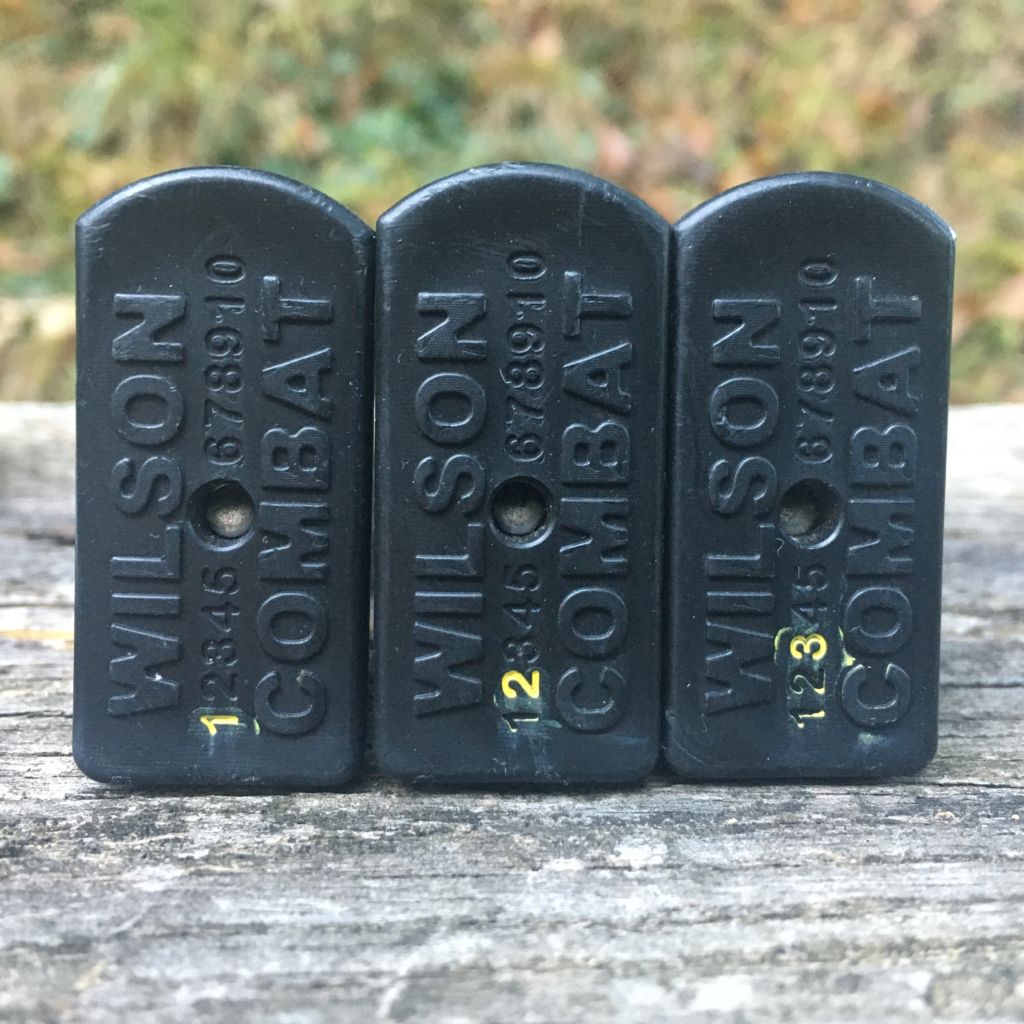
Another great reason to number your magazines is to separate range magazines from “real life” magazines. For example: I have a set of AR magazines that go to the range. They get dropped in the dirt, used in the rain, stepped on, etc. They still work but they aren’t the best magazines I have, and I’d rather bet my life on magazines that are have been taken better care of. My “real life” magazines are maintained in a separate set than my range mags, and marking helps me easily identify them.
Numbering Magazines Systematically
There are a couple of things you should think about before jumping in with a marker and numbering magazinges. First, what is your numbering system going to look like? If you only have one gun that takes magazines, you may benefit from a fairly straight-forward numbering system. For example, if you only have a Glock 19, you can probably remember that magazines 1 and 2 are your carry mags, and all others are range mags. If you have eight Glocks in the same caliber, but they share magazines, your system might get more complicated.
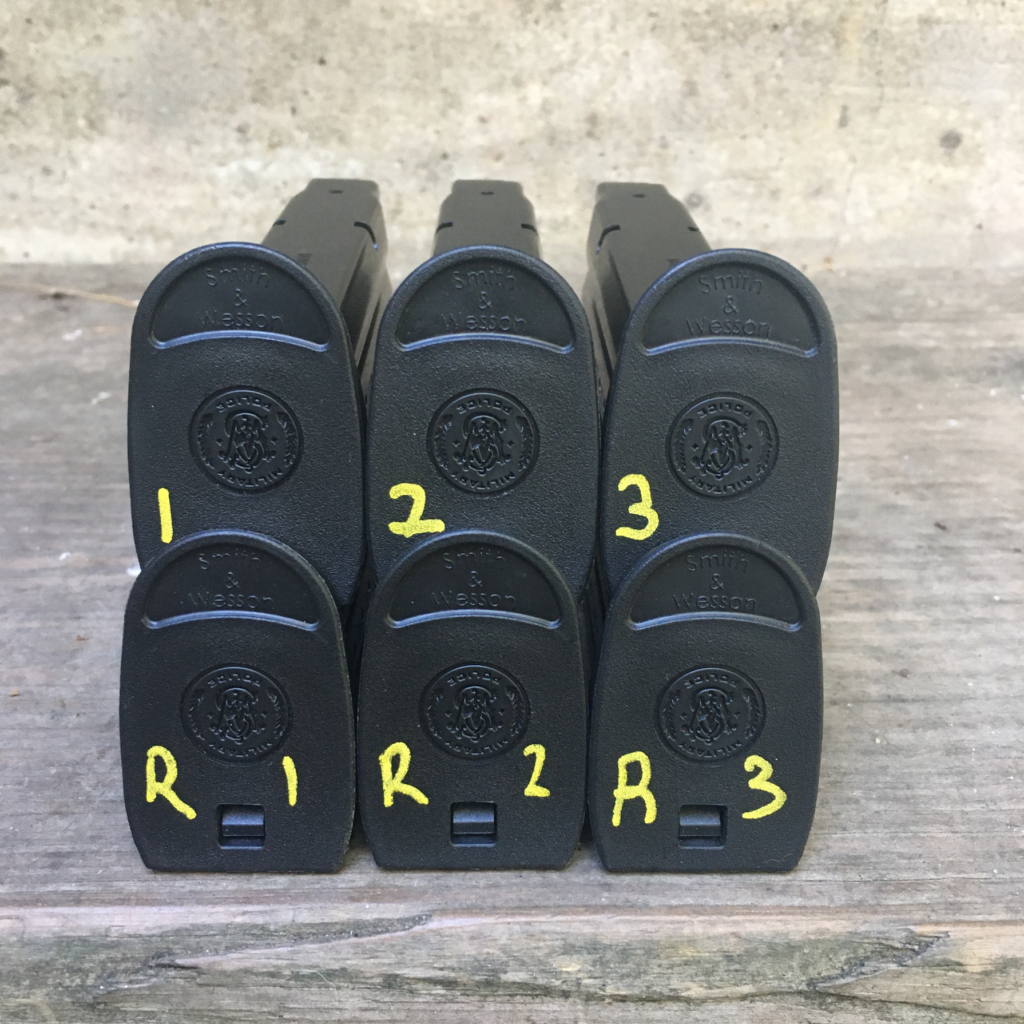
I recommending keeping it simple, though. You may be tempted to create a bunch of categories. For example, you might want to designate magazines in sets like, “Range” magazines (R1, R2…) and “Carry” magazines (C1, C2…), Truck magazines (T1, T2…), Bugout Bag (B1, B2…) and so on. I prefer to put mags in two categories: good and less good. My “good” magazines are on my belt, on my battle belt, and in my go-bag. My “less good” magazines are the ones that go to the range.
There’s also one other facet to this. I like to stay away from lettered codes on my carry magazines. I like to stick with a very simple 1, 2, 3, 4… and so on. Should the worst happen, that is one more thing I would have to explain to a jury.
Numbering Magazines: Where and How
First, the “how.” I like to use an oil-based paint pen. Sharpie makes an awesome fine-tipped paint pen and you can find them in your local crafts store. We used a similar paint pen in the military (not just for marking magazines – for marking everything). Alternatively, a regular Sharpie may work on some surfaces and the silver metallic Sharpie seems to work really well.
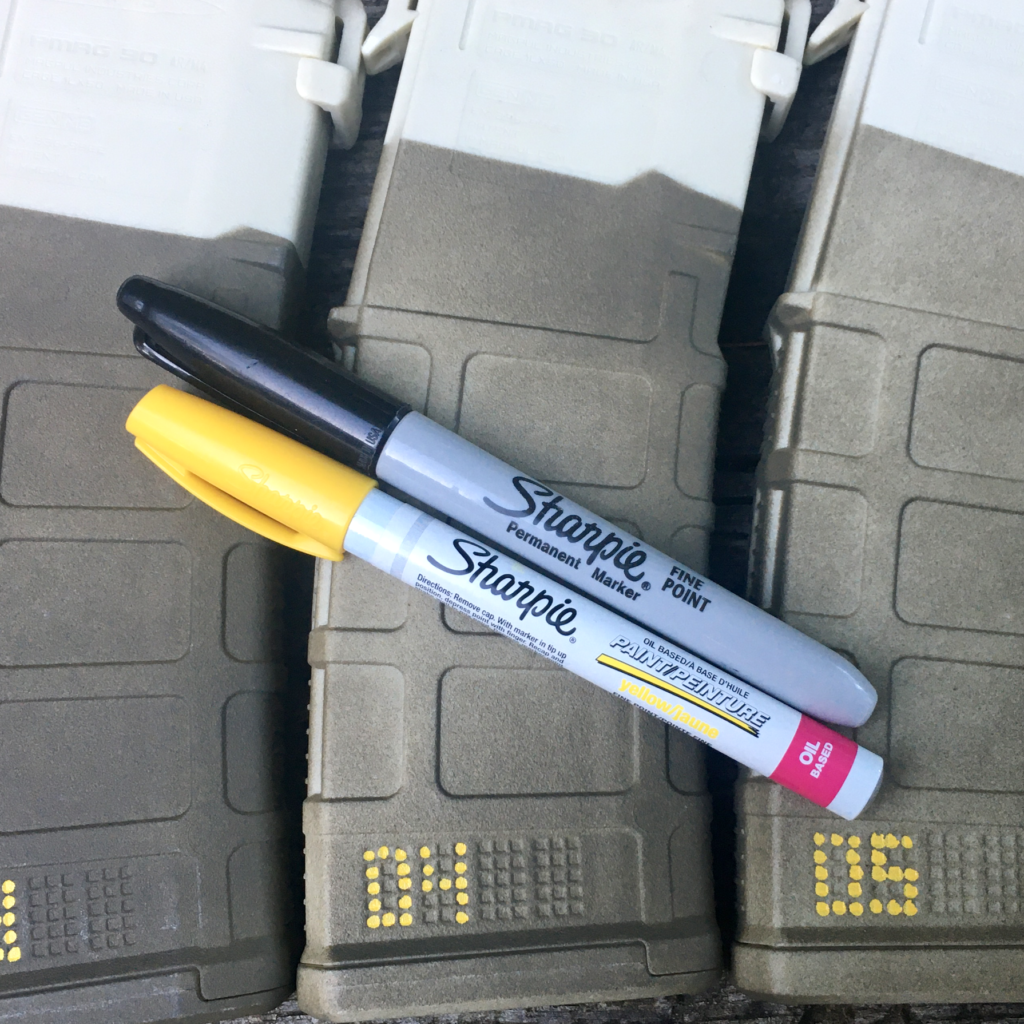
Where to mark your magazines? Some magazines come with specific spots for marking. The Wilson Combat magazines above, and the Magpul PMAGs are specifically designed to be marked. If your magazine has marking numbers or a marking grid, use it. It’s that simple. But most magazines don’t have a neat feature like this.
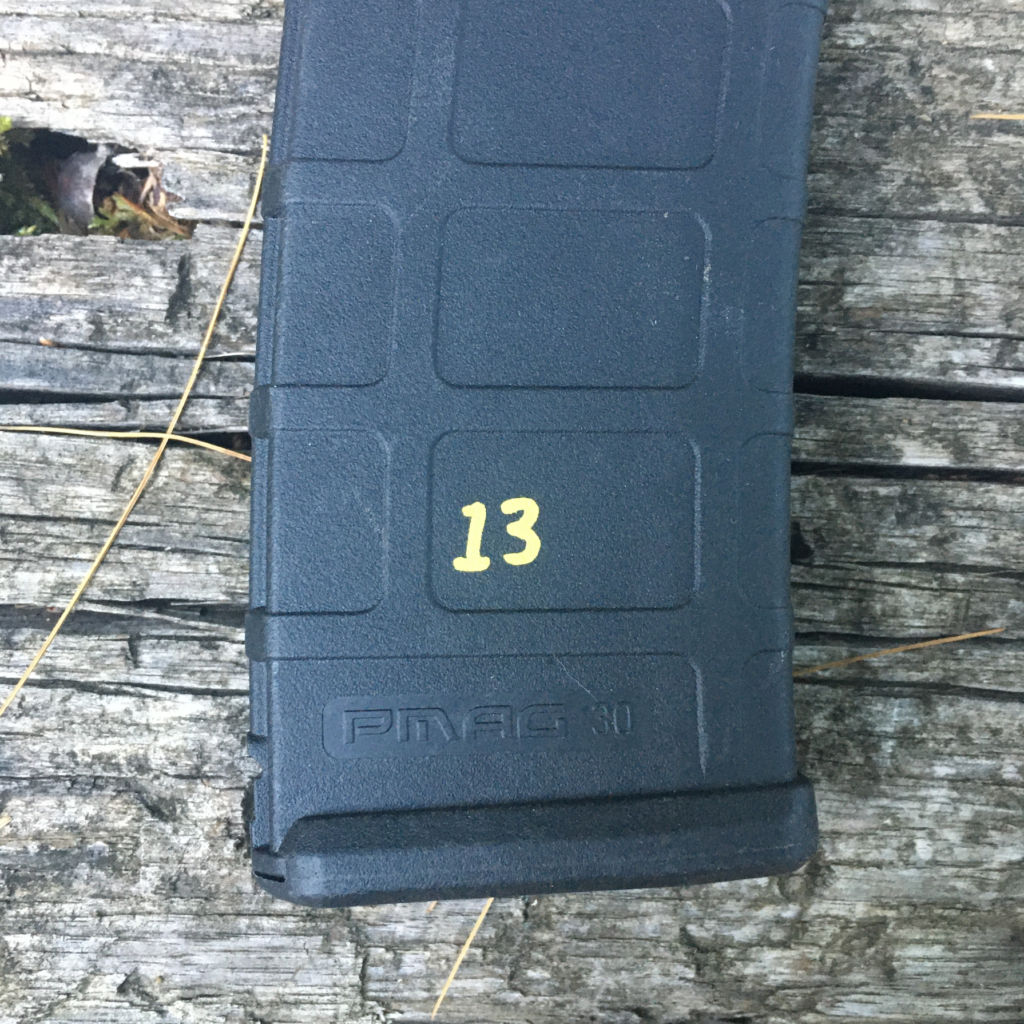
The obvious choice for pistol magazines is the floorplate. There are some problems with this, though. This is exposed to the most wear and tear, and your marking may need to be refreshed from time to time. Where possible, I would recommending marking the side of the magazine in a protected location. The Ruger rifle magazines below are a good example: the marking on the bottom is like to get worn off pretty quickly; the protected marking on the side will probably be there for a long time.
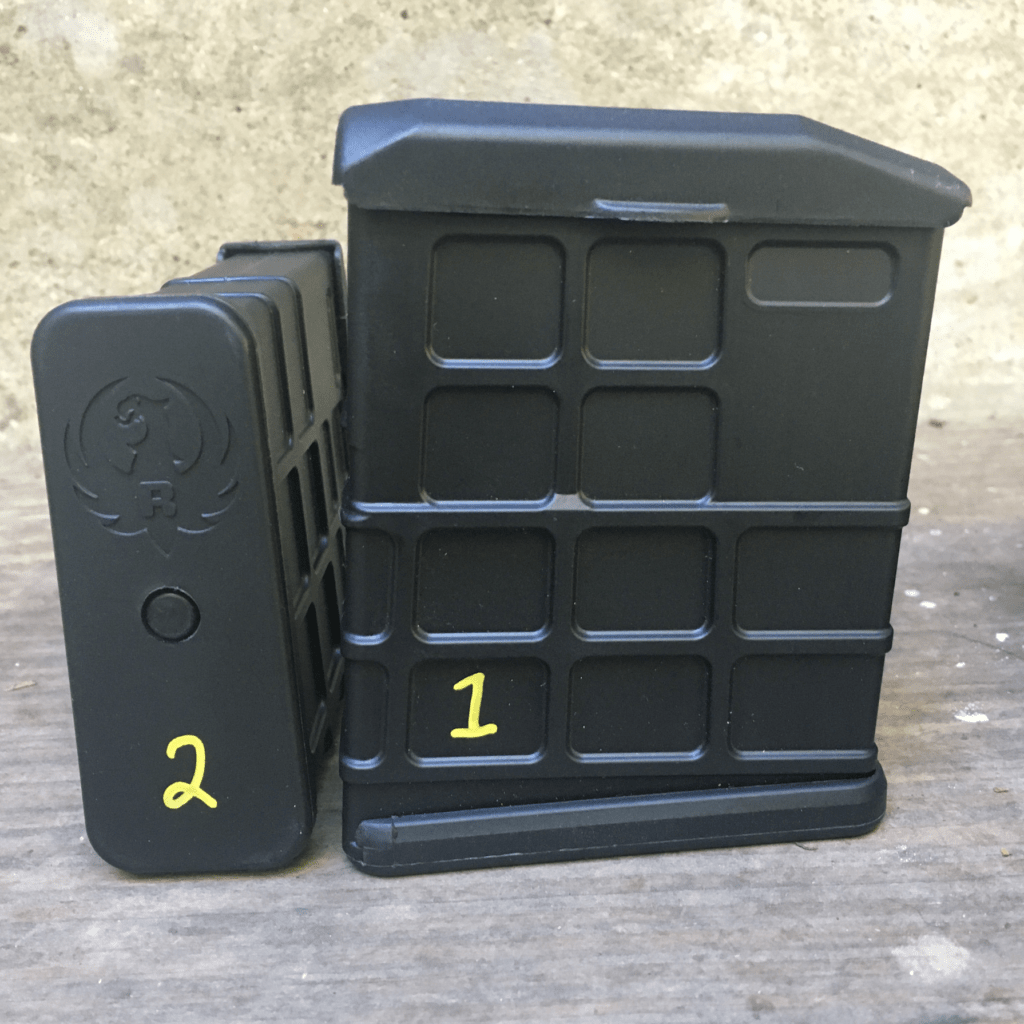
In Summary
Marking your magazines probably isn’t the biggest firearms priority in your life. It offers some excellent benefits, without a whole lot of cost. It cost me $4 for a marker, and took about 40 minutes to mark all of my magazines. And it gave me something to do while my girlfriend was watching horror movies.





